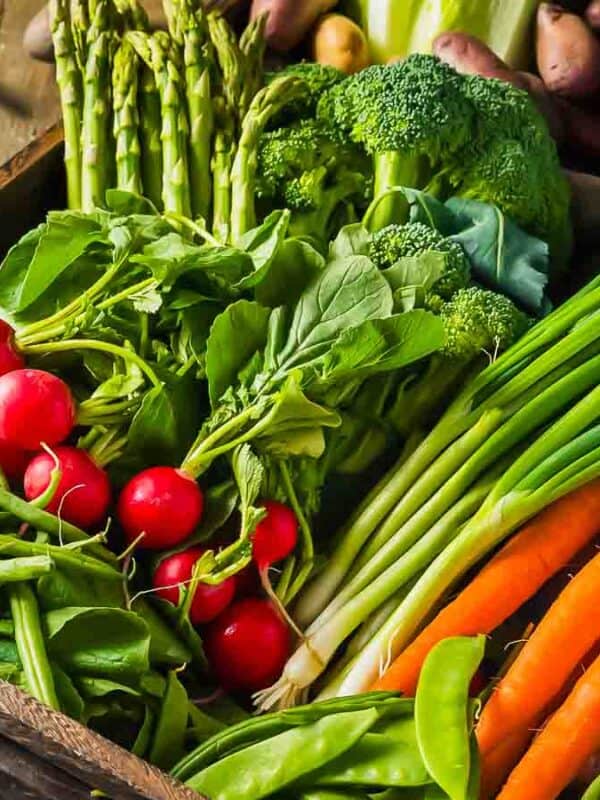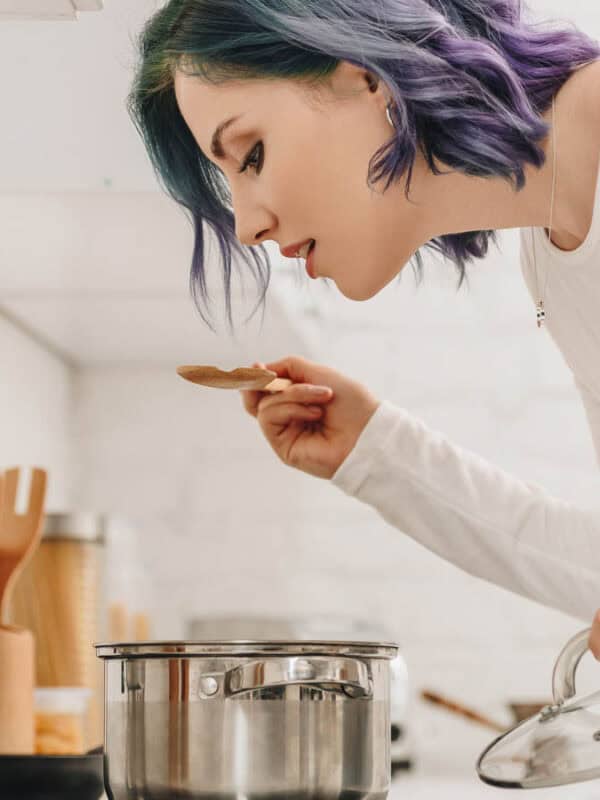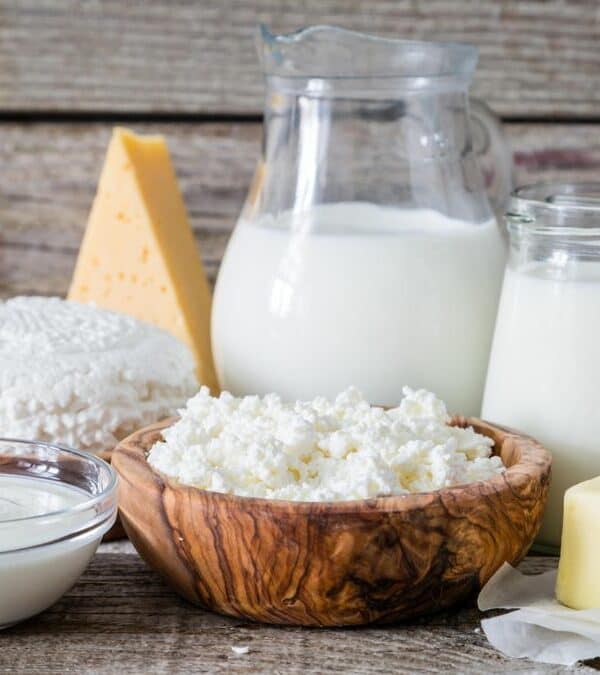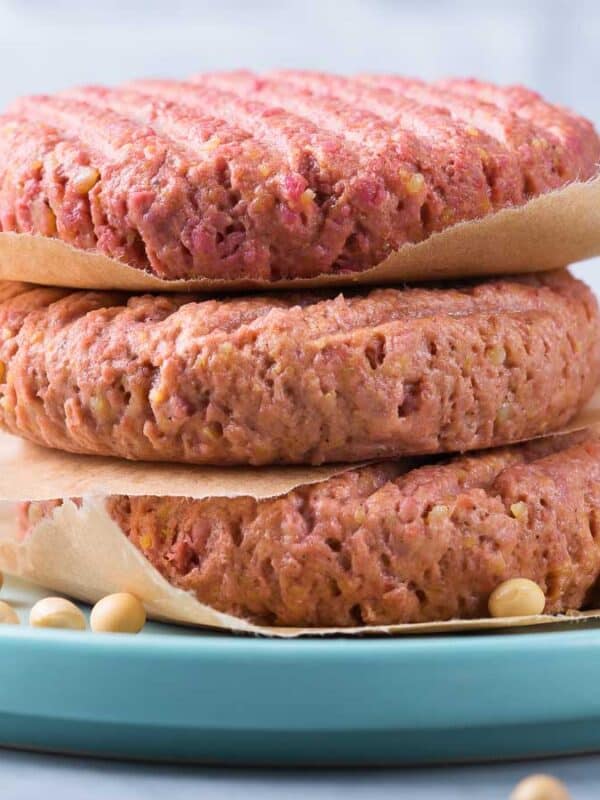It’s easy to think you’re on top of everything in your kitchen, but even the most vigilant among us can slip up with food safety. Surprisingly, many of these slips are with everyday habits that we barely give a second thought. Here are the common mistakes that could be putting you and your family at risk so you can clean up your act and keep your kitchen safe.

Keeping Leftovers Too Long
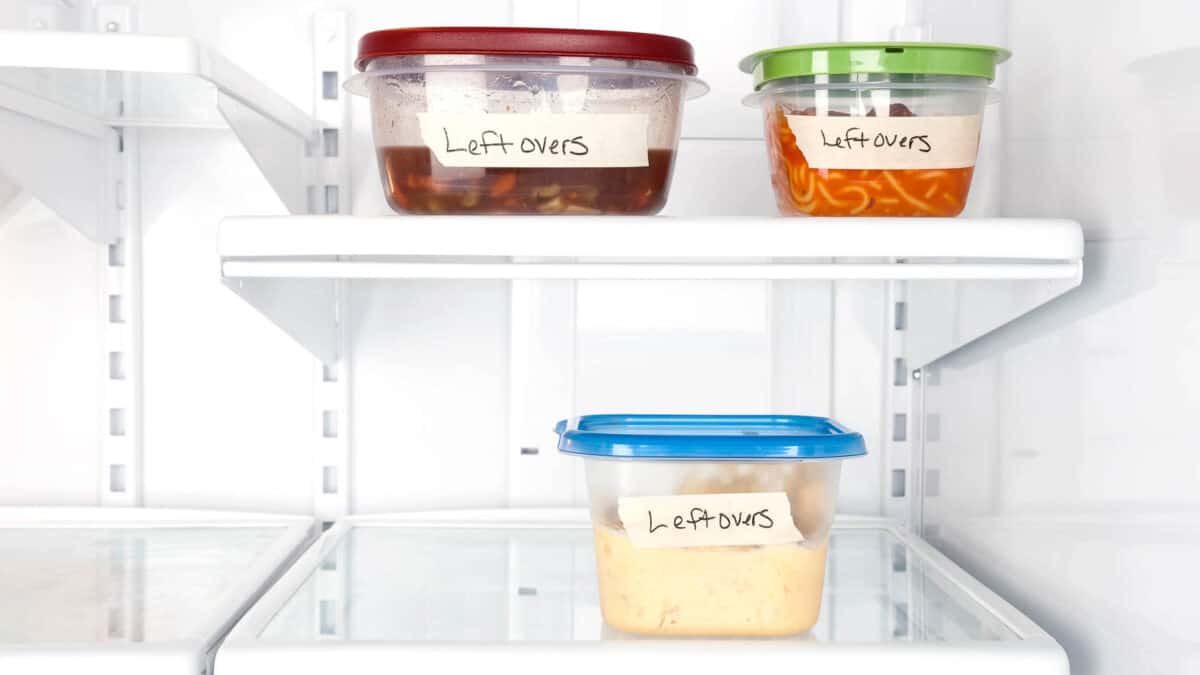
While leftovers are convenient for lunches or snacks after a savory meal, they can quickly become breeding grounds for bacteria that lead to food poisoning, especially if stored too long. It’s best not to consume leftovers that have been in the fridge for more than three to four days.
Not Cooking Meat Thoroughly

Undercooked meat is a breeding ground for harmful bacteria. It’s crucial to use a meat thermometer to ensure meat reaches the safe internal temperature recommended by food safety guidelines. A simple tool like a thermometer can significantly enhance kitchen safety.
Eating Raw Batter or Dough
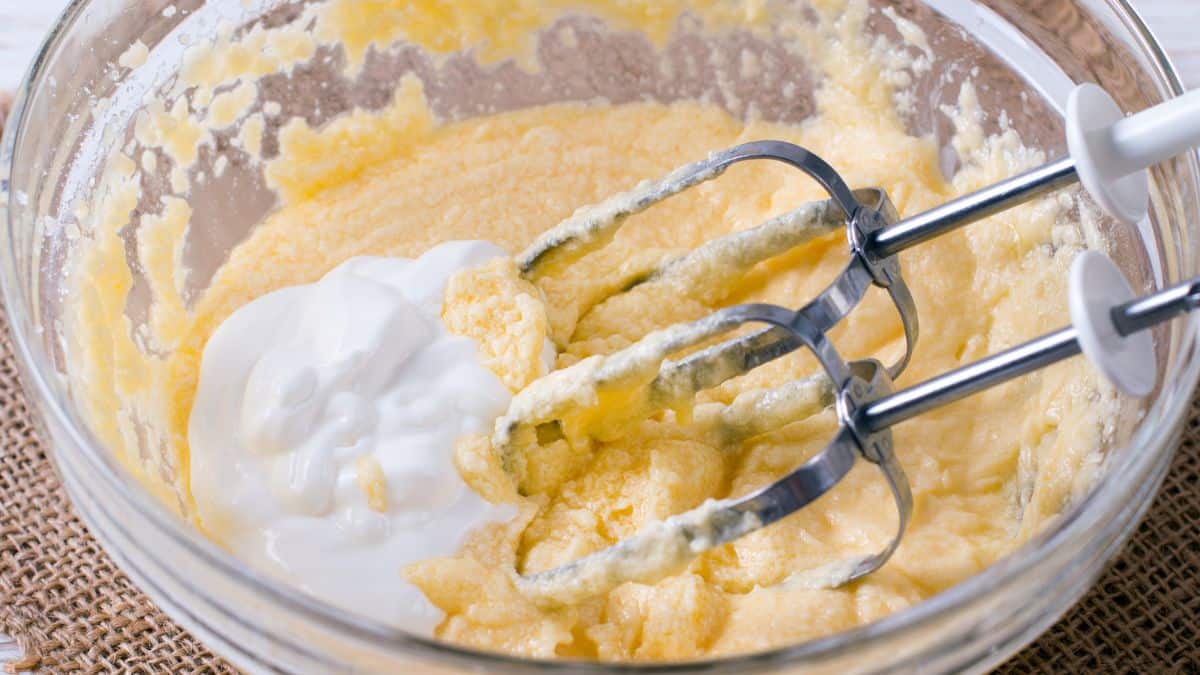
Raw batter or dough can harbor bacteria such as salmonella. It’s best to resist the temptation and wait for the cooked product. Practicing patience not only enhances safety but ensures enjoyment of the treats in their intended, delicious form.
Thawing Food on the Counter
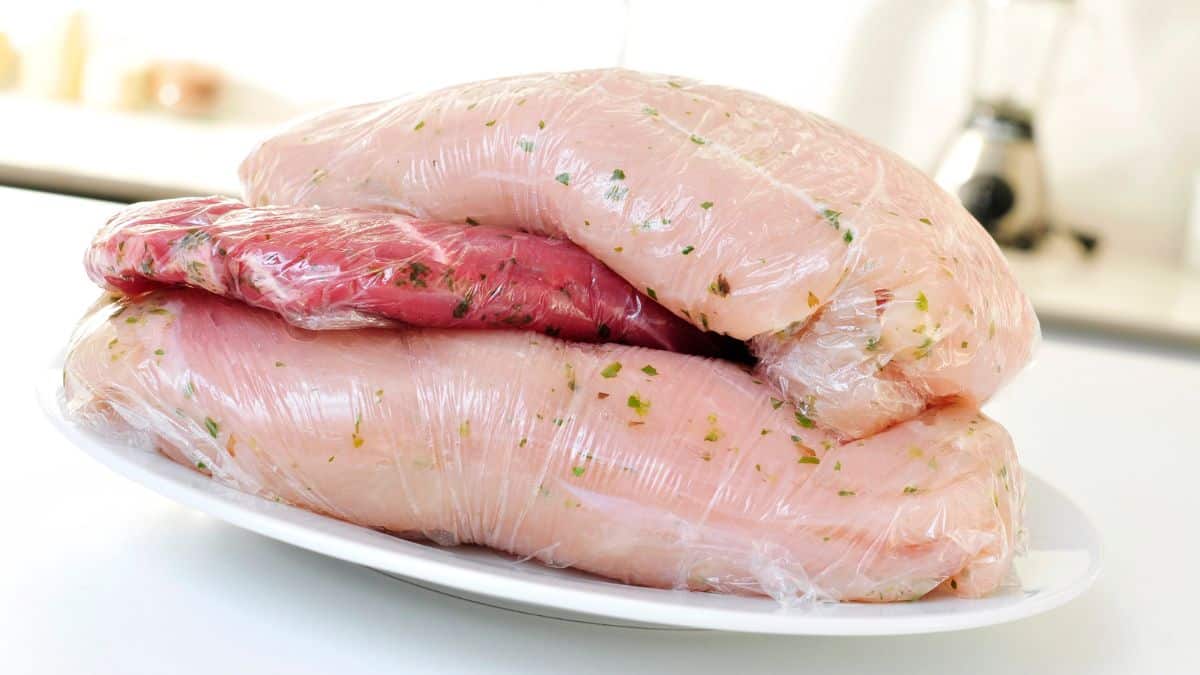
Thawing food at room temperature can increase the risk of bacterial growth. The safer methods include thawing in the refrigerator, using cold water, or microwave thawing. This approach helps maintain food safety by keeping temperatures controlled.
Leaving Food Out Too Long Before Refrigerating
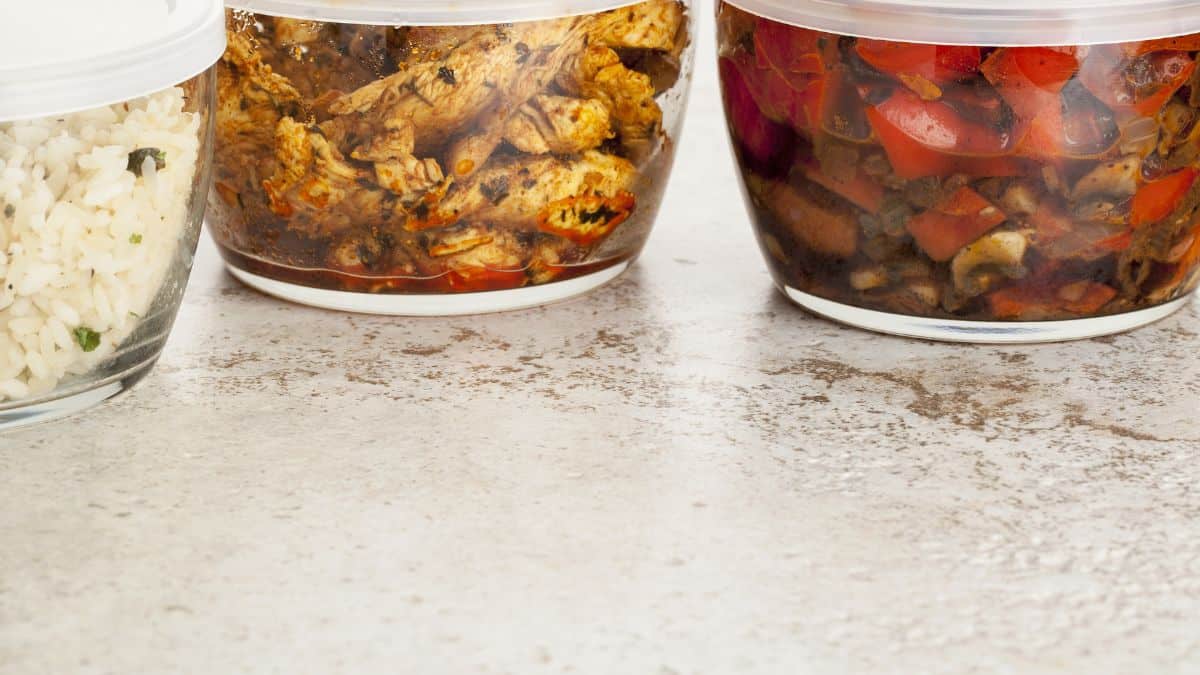
Letting perishable food sit out for extended periods allows bacteria to multiply rapidly. Foods should be refrigerated within two hours of cooking, or one hour if the ambient temperature is high. This practice helps prevent foodborne illnesses by keeping food at safe temperatures.
Not Cleaning or Replacing the Sponge Often Enough

Ensure your sponge stays clean by microwaving it for one minute, running it through the dishwasher on the dry cycle, or soaking it in a bleach solution for one minute daily. Frequent replacement is recommended—ideally once per week—since sponges can harbor bacteria that may cause food poisoning after just two to three uses. Additionally, discard the sponge if it starts to smell.
Not Washing Fruit Before Peeling or Cutting

Bacteria on the exterior of fruits can be transferred to the flesh during cutting or peeling. Washing fruits thoroughly before these actions can prevent such contamination. This simple step acts as a basic yet effective protective measure.
Not Washing Your Hands
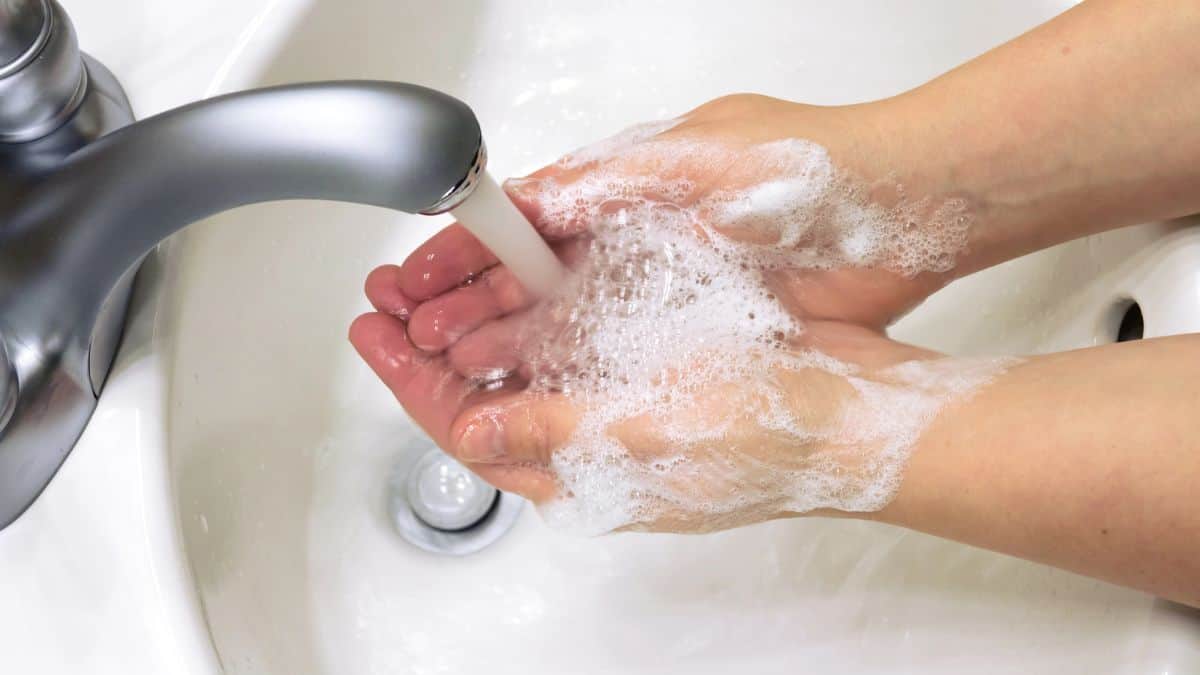
Failing to wash hands properly can lead to the transfer of bacteria to food. Handwashing should be a fundamental step before and during cooking. A thorough wash reduces the risk of contamination and is a cornerstone of kitchen hygiene.
Using the Same Plate for Raw and Cooked Meat

Reusing plates that held raw meat for serving cooked meat can reintroduce bacteria to the cooked food. It’s advisable to use separate plates for raw and cooked meats to avoid cross-contamination. This practice is a simple but effective way to ensure food safety.
Rinsing Chicken, Meat or Turkey
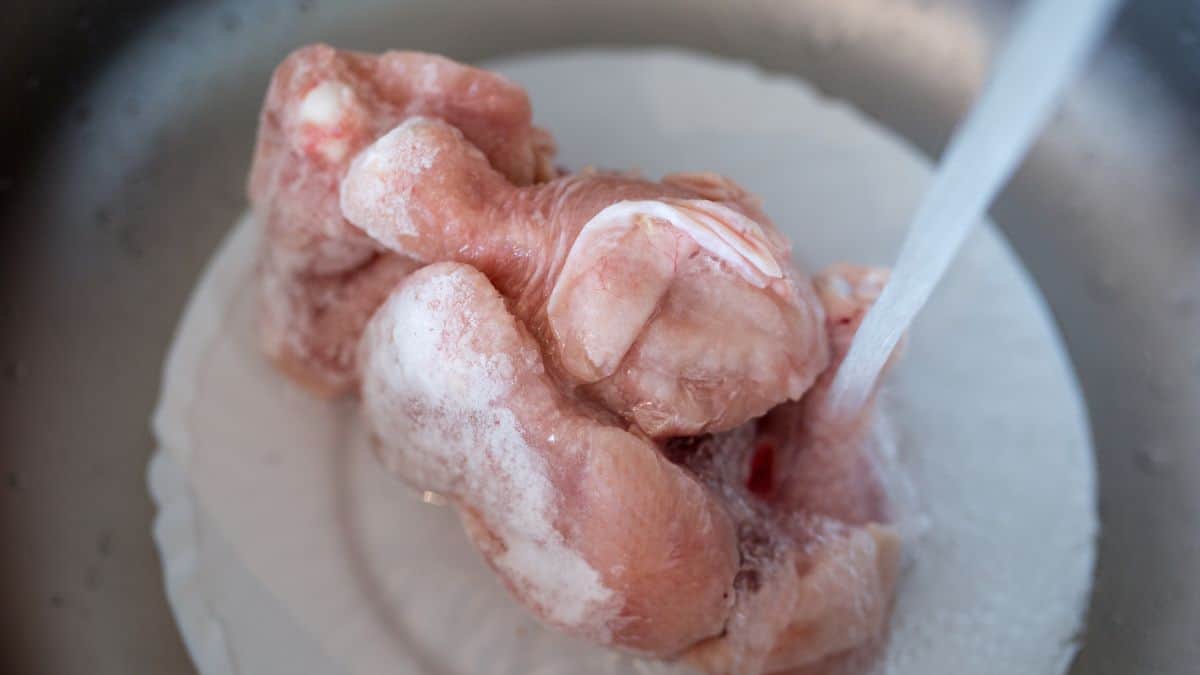
Rinsing meat under the tap can spread bacteria around the kitchen. It’s safer to skip rinsing and rely on proper cooking methods to eliminate bacteria. This strategy reduces the risk of contaminating kitchen surfaces and other foods.
Placing Warm Food in the Refrigerator

Immediately refrigerating warm leftovers can unknowingly foster bacteria growth by keeping food within the “danger zone” temperatures between 41 and 135 degrees Fahrenheit. It’s essential to let food cool to avoid this risk. To hasten cooling, spread leftovers in thinner layers in metal containers or divide them into smaller pieces. This method safely reduces cooling time without leaving food out too long, ensuring leftovers are stored safely and promptly.
Mishandling Cutting Boards
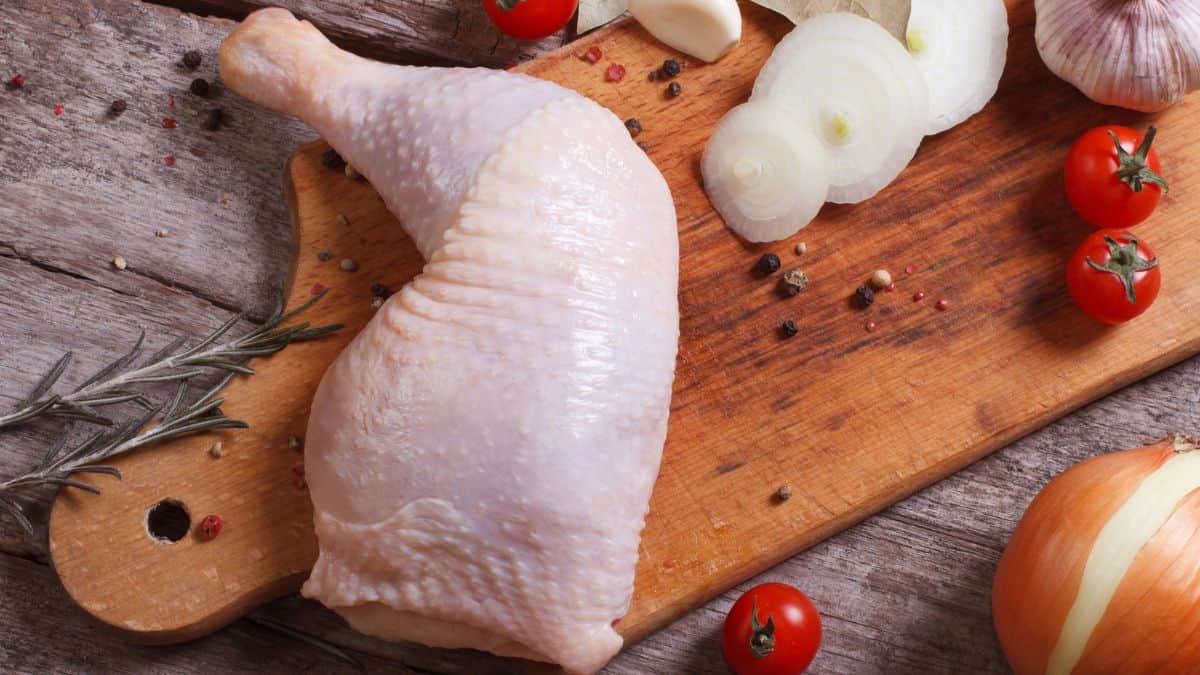
Using the same cutting board for different types of food, especially raw meat and vegetables, can lead to cross-contamination. Designating cutting boards for specific food types and regular cleaning are critical steps in preventing the spread of bacteria.
10 Hidden Toxins In Everyday Foods To Watch Out For

Many of us strive to make healthy choices about the food we eat, from fresh fruits and vegetables to whole grains and lean proteins. However, lurking beneath the surface of these everyday options are hidden toxins—substances that can pose serious health risks over time. This article reveals ten shocking toxins found in foods we often consider safe. Understanding what these toxins are, where they’re found, and the risks they carry can help you make better-informed decisions about your diet.
Read it Here: 10 Hidden Toxins In Everyday Foods To Watch Out For
8 Foods You Should Never Cook In A Cast Iron Pan

Cast iron skillets are celebrated for their durability and versatility in the kitchen, handling everything from searing steaks to baking cornbread with ease. However, they come with their own set of rules, especially when it comes to what should or shouldn’t be cooked in them. Certain foods can damage the seasoning of your pan or just make for a culinary headache due to sticking and interacting with the iron. Here’s a breakdown of the worst foods to cook in a cast iron pan, ensuring your skillet stays pristine and your meals turn out great.
Read it Here: 8 Foods You Should Never Cook In A Cast Iron Pan
Select images provided by Depositphotos.
Gina Matsoukas is an AP syndicated writer. She is the founder, photographer and recipe developer of Running to the Kitchen — a food website focused on providing healthy, wholesome recipes using fresh and seasonal ingredients. Her work has been featured in numerous media outlets both digital and print, including MSN, Huffington post, Buzzfeed, Women’s Health and Food Network.
